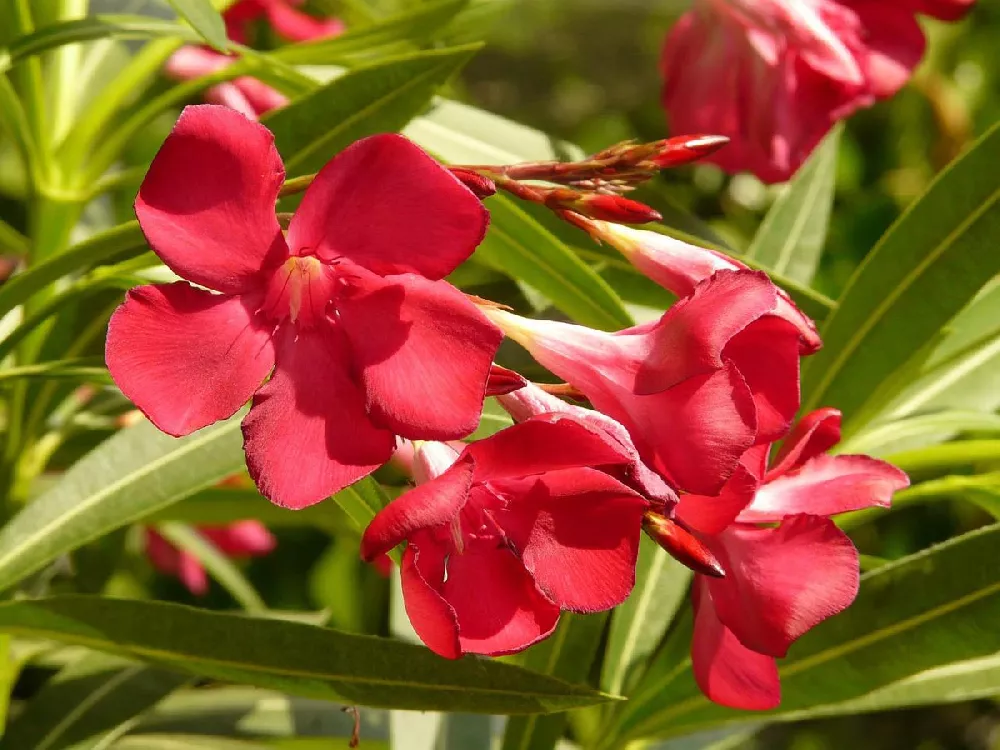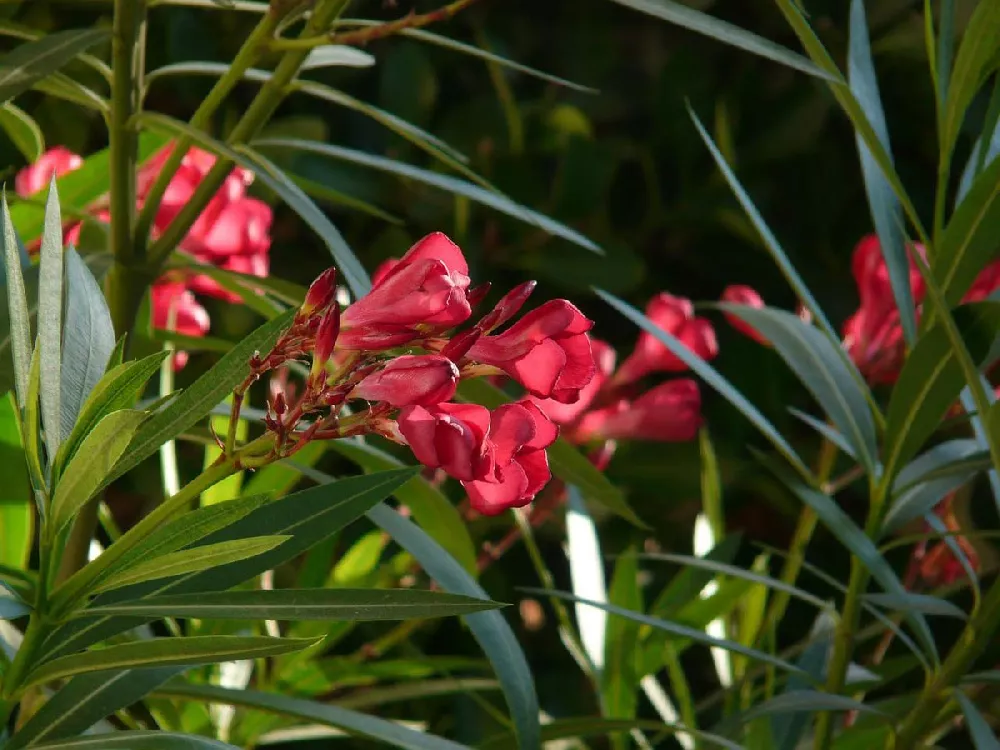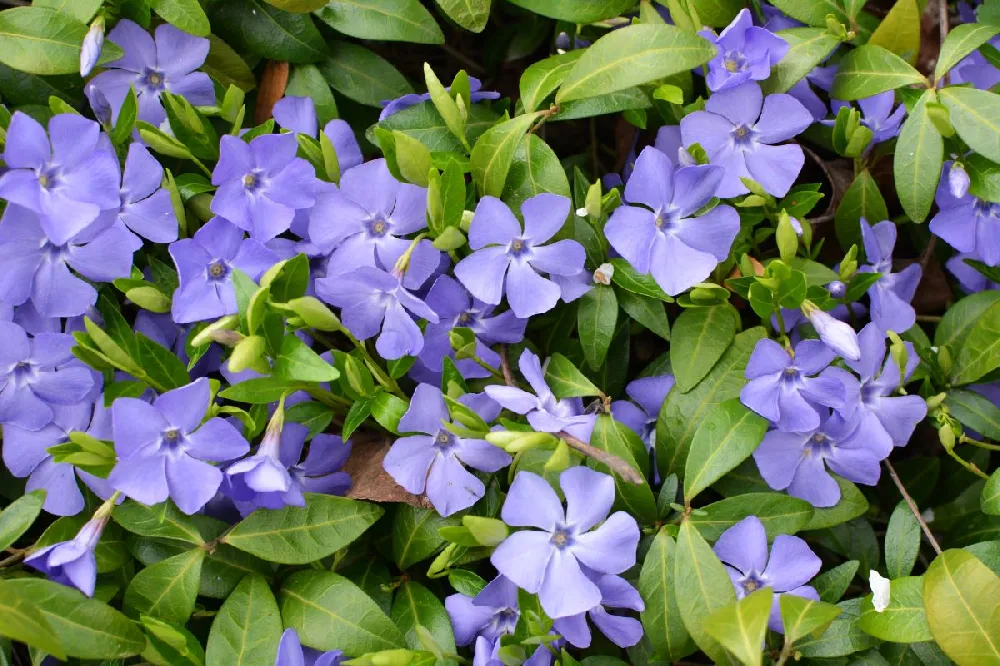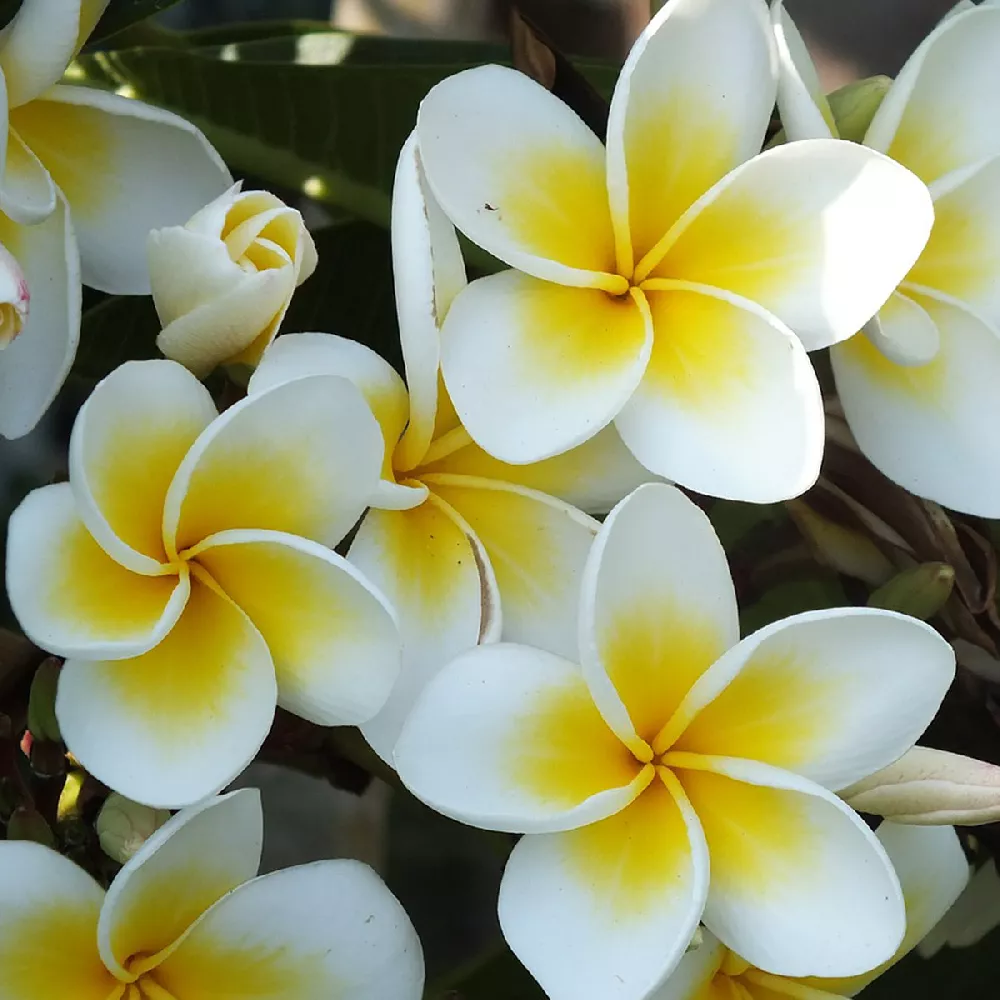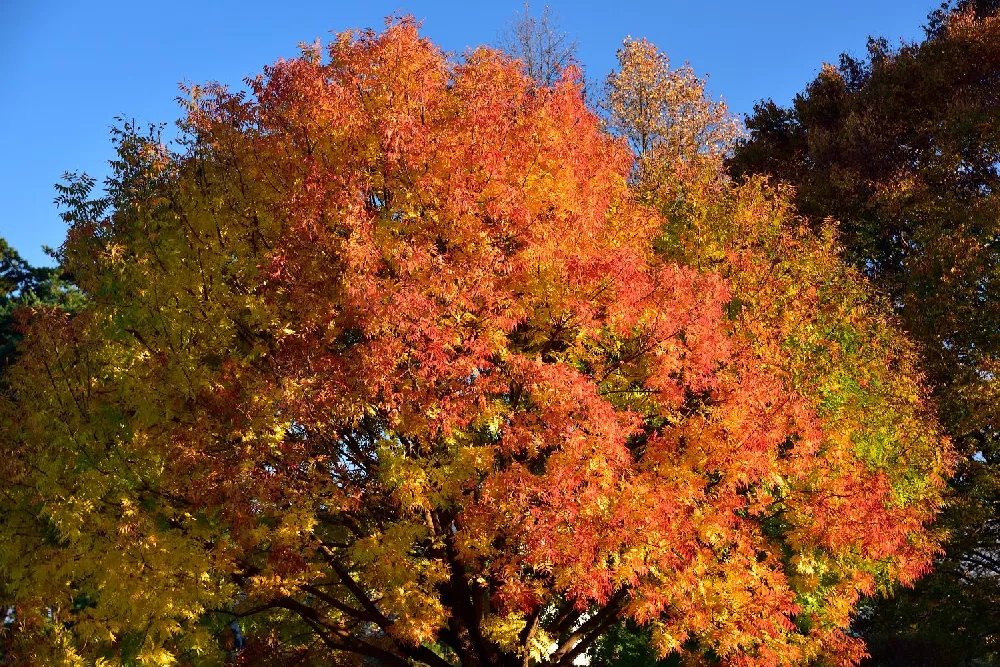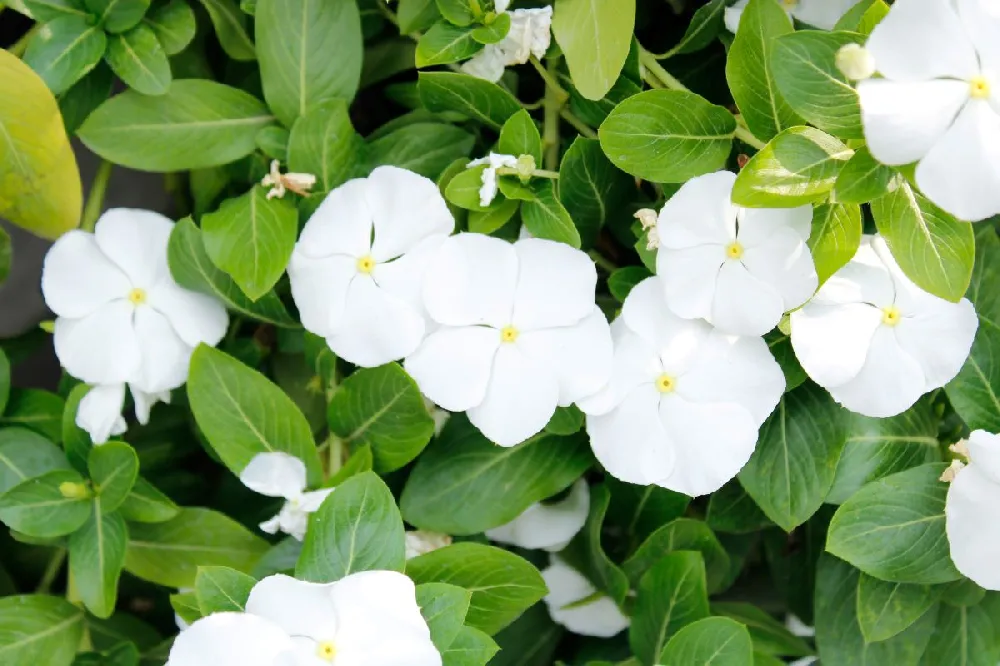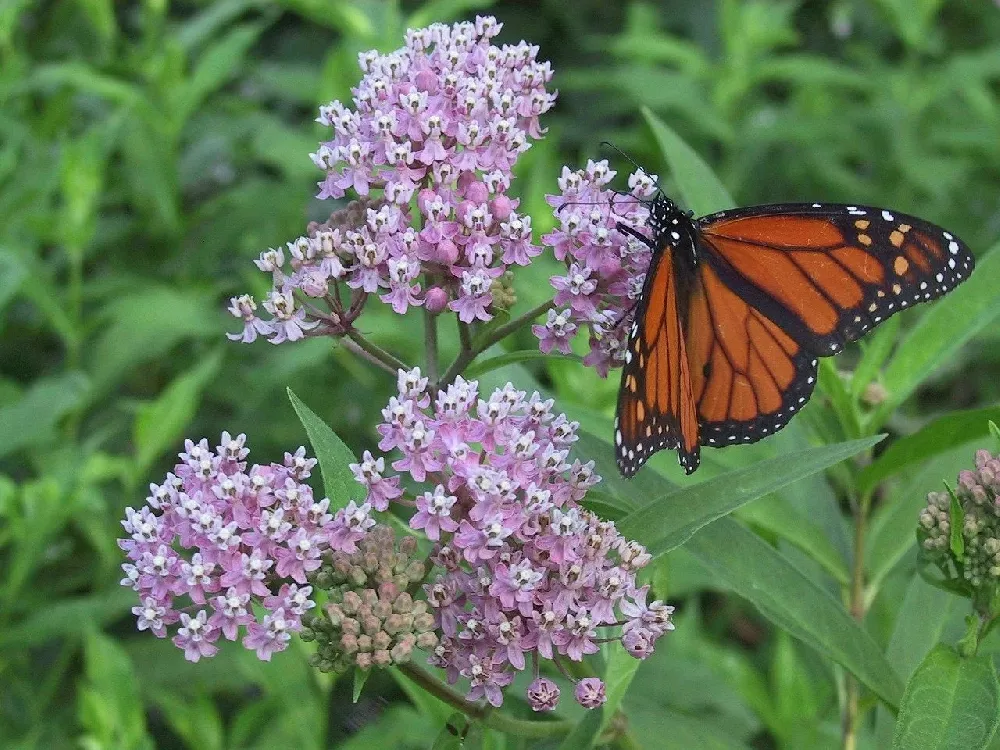Red Oleander for Sale - Buying & Growing Guide
- Ships in 1-2 days
- 1-Year Warranty Eligible
- Pots or accessories are not included unless specified in the product options.
Shipping Details:
Products shipped through FastGrowingTrees.com. Once your order is shipped, you’ll receive an email with a tracking number and estimated delivery date. Most orders will ship immediately.
The red oleander, Nerium oleander, is a spectacular bush for both new gardeners and those with years of experience. It offers bounteous rewards for very little effort, blooming throughout the summer months and serving as an excellent specimen plant or windbreak, asking only for a little water and fertilizer in return. Even that is often not needed with mature plants, which thrive on neglect. The red oleander's vibrant red and pink blooms appear on new wood each summer, and when it's not blooming, the shrub's attractive dark green leaves provide a softly textured focal point for your landscape. Here are a few more reasons to love this flexible bush:
- The red oleander grows quickly, making it a great choice for a living screen or windbreak.
- It is resistant to deer and insect damage.
- the red oleander grows well in containers as a patio plant in northern regions.
Plant Care
Sunlight

You'll get the best from your tree if you grow it in full sun — six or more hours of direct light a day.
Watering
Once established, this drought-resistant tree will only need supplemental watering during extremely dry weather.
Fertilizing

Fertilize lightly in spring with a slow-release, balanced fertilizer designed for landscape trees and shrubs.
Planting and Care
Planting instructions
Site your tree where it will receive full sun, in soil that drains well. Note that it can grow to 25 feet tall, and thus you should avoid placing it under overhead wires. Unpot your sapling, teasing out any encircling roots, which can girdle the tree and slowly kill it. Dig a hole that’s as deep as the root ball and twice as wide. Throw in a few handfuls of well-rotted compost or manure and place the sapling on top of it. Holding it steady and upright, fill in around your tree with topsoil, tamping down as you go to eliminate air pockets. Water thoroughly. Apply a 2- to 3-inch layer of an organic mulch, such as bark chips, to help conserve water.
Watering and nutrients
When it is newly planted, water your beech tree a few times a week. When you see robust new growth starting, you can taper back to a once-a-week watering for the rest of the first year. Once the tree is established, it should only need supplemental watering when you are experiencing a heat wave or extreme drought. Fertilize your tree lightly in spring with a balanced, slow-release fertilizer designed for landscape plantings.
Pollination
Weeping beech trees have tiny yellow flowers in late spring and are pollinated by the wind. They are monoecious, meaning that male and female reproductive parts are on the same tree. Fertilized flowers lead to small spiked burrs that contain seeds, which are beloved by birds and small animals.
Pruning
Other than monitoring your tree for broken, diseased, or damaged limbs, which should be pruned out when you see them, there is no need to prune your Purple Fountain weeping beech tree.
Pests, diseases, and animals
Purple Fountain weeping beech trees are robust trees with few natural enemies. Insects that may be seen on them include aphids, Japanese beetles, and beech scale insects. A healthy tree should be able to fend off minor infestations. A severe infestation may require the application of insecticides. Diseases of the beech include coral spot and root rot. Avoid overwatering and clear up debris around the tree to avoid fungal issues.
Achieving maximum results
There are countless ways to utilize the effortless beauty of Purple Fountain weeping beech in your garden. Its asymmetrical silhouette makes it a great choice for a Japanese-inspired garden, for example. It can serve as a privacy screen or informal, loose hedge, and it has the presence to be able to stand on its own as a specimen tree and focal point for all but the most formal gardens. Or consider an arrangement that includes a weeping beech fronted by some shorter lilacs or weigela.
FAQs
What areas are best for growing Purple Fountain weeping beech trees?
These trees are hardy in USDA hardiness zones 4 through 7, which means that they can handle temperatures as low as -20 degrees Fahrenheit. They can be grown as far north as Maine and Vermont. The southern end of their range touches on northern Texas and runs through the middle of the southern states. It is not a tropical tree, and probably won't thrive in, for example, Florida or Louisiana.
How fast does a Purple Fountain weeping beech grow?
Beeches are slow-growing trees, putting on inches of growth rather than feet each year. It may take several decades for your tree to reach its maximum height of 25 feet. They are, however, long-lived trees, and a Purple Fountain weeping beech can easily thrive for more than 150 years.
Do weeping beech trees lose their leaves in winter?
Yes, beech trees are deciduous, meaning that they drop their leaves and go dormant during the winter months. One of the benefits of this is that you can enjoy the arrestingly twisted, weeping branches of the Purple Fountain more easily in the winter than summer. It is, in fact, an excellent choice if you are looking for a tree with good winter interest.
Compare Similar Products
You can't add more Product Name - Product size to the cart.
OK